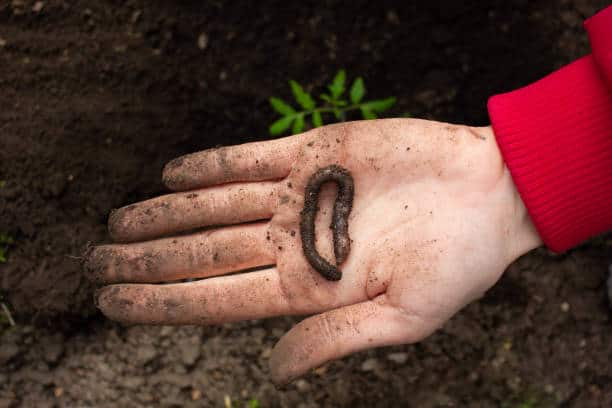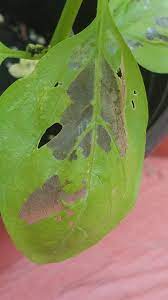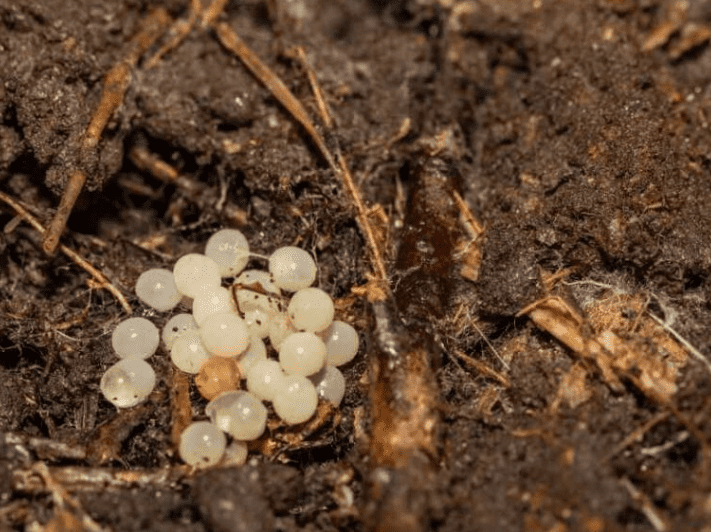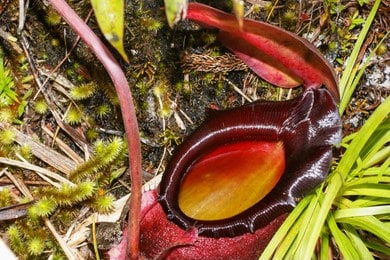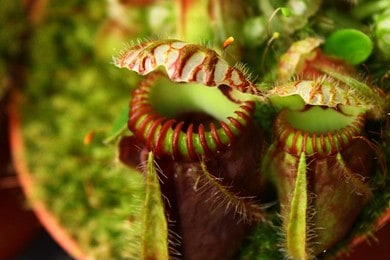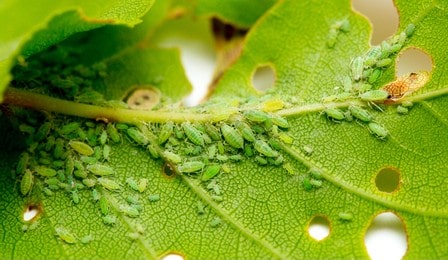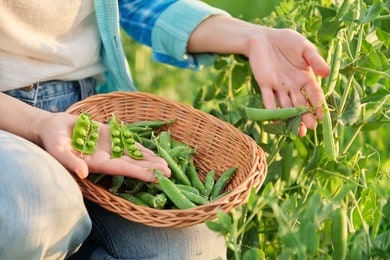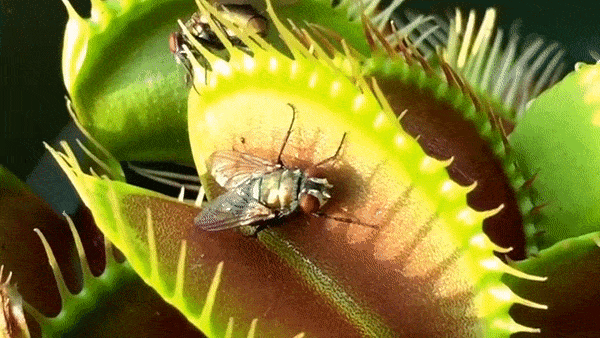Adding Earthworms to Potted Plants: Should it be Done?
Because they can aerate the soil and convert organic materials, like leaves, into essential nutrients for plants to thrive, earthworms are helpful to plants. It could seem like a smart idea to add them to potted plants to encourage your plant’s growth. Should you give your potted plants earthworms? The soil used to pot the …

